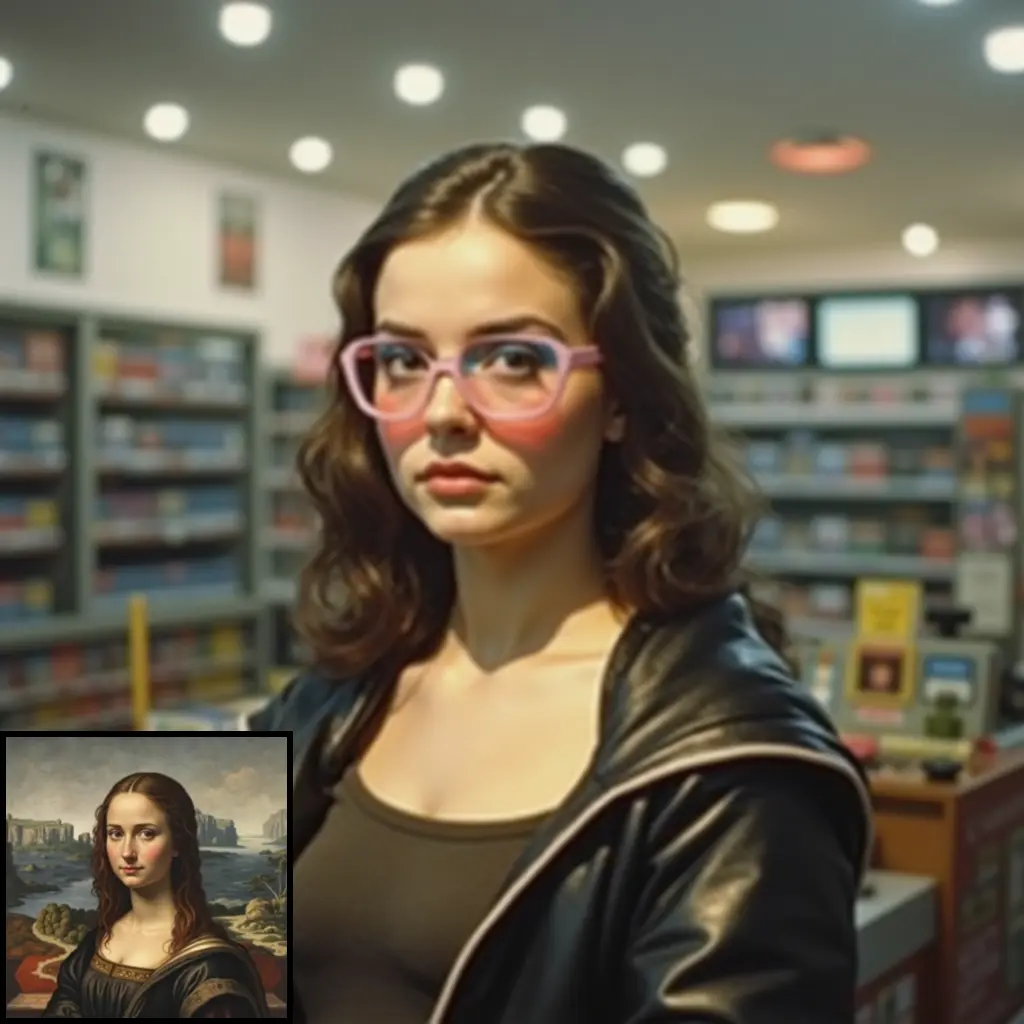ComfyUI Node: Depth Anything
DepthAnythingPreprocessor
CategoryControlNet Preprocessors/Normal and Depth Estimators
Fannovel16 (Account age: 3416days) Extension
ComfyUI's ControlNet Auxiliary Preprocessors Latest Updated
2025-03-11 Github Stars
2.84K
How to Install ComfyUI's ControlNet Auxiliary Preprocessors
Install this extension via the ComfyUI Manager by searching for ComfyUI's ControlNet Auxiliary Preprocessors- 1. Click the Manager button in the main menu
- 2. Select Custom Nodes Manager button
- 3. Enter ComfyUI's ControlNet Auxiliary Preprocessors in the search bar
Visit ComfyUI Online for ready-to-use ComfyUI environment
- Free trial available
- 16GB VRAM to 80GB VRAM GPU machines
- 400+ preloaded models/nodes
- Freedom to upload custom models/nodes
- 200+ ready-to-run workflows
- 100% private workspace with up to 200GB storage
- Dedicated Support
Depth Anything Description
Generate depth maps from images using pre-trained models for AI art and image processing applications, enhancing realism and simplifying depth map creation.
Depth Anything:
The DepthAnythingPreprocessor node is designed to generate depth maps from input images, which can be used in various AI art and image processing applications. This node leverages pre-trained models to estimate the depth information of an image, providing a detailed representation of the scene's depth. By using this node, you can enhance your images with depth-related effects, create 3D representations, or improve the realism of your AI-generated art. The main goal of this node is to simplify the process of obtaining accurate depth maps, making it accessible even to those without a deep technical background.
Depth Anything Input Parameters:
ckpt_name
This parameter specifies the pre-trained model checkpoint to be used for depth estimation. The available options are depth_anything_vitl14.pth, depth_anything_vitb14.pth, and depth_anything_vits14.pth, with the default being depth_anything_vitl14.pth. The choice of checkpoint can impact the accuracy and characteristics of the depth map generated. Selecting a different checkpoint may yield varying results depending on the specific features and training data of the model.
resolution
This parameter defines the resolution at which the depth map will be generated. The default value is 512, which balances detail and performance. Higher resolutions can provide more detailed depth maps but may require more computational resources and time. Adjusting this parameter allows you to control the trade-off between the quality of the depth map and the processing time.
Depth Anything Output Parameters:
IMAGE
The output of this node is an image representing the depth map of the input image. This depth map encodes the distance information of objects in the scene, with different shades indicating varying depths. The depth map can be used in various applications, such as enhancing 3D effects, improving image realism, or serving as input for further image processing tasks.
Depth Anything Usage Tips:
- Experiment with different
ckpt_nameoptions to find the model that best suits your specific image and desired depth map characteristics. - Adjust the
resolutionparameter based on your needs; use higher resolutions for more detailed depth maps and lower resolutions for faster processing times. - Use the depth map output in combination with other image processing nodes to create more complex and visually appealing effects.
Depth Anything Common Errors and Solutions:
Model file not found
- Explanation: The specified checkpoint file could not be located.
- Solution: Ensure that the
ckpt_nameparameter is set to one of the available options and that the corresponding model file is present in the expected directory.
CUDA out of memory
- Explanation: The GPU does not have enough memory to process the image at the specified resolution.
- Solution: Reduce the
resolutionparameter to decrease the memory requirements or try running the node on a machine with more GPU memory.
Invalid image input
- Explanation: The input image is not in a supported format or is corrupted.
- Solution: Verify that the input image is correctly formatted and not corrupted. Use standard image formats such as JPEG or PNG.
Depth Anything Related Nodes
RunComfy is the premier ComfyUI platform, offering ComfyUI online environment and services, along with ComfyUI workflows featuring stunning visuals. RunComfy also provides AI Playground, enabling artists to harness the latest AI tools to create incredible art.


